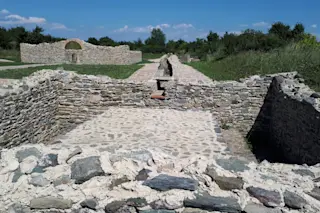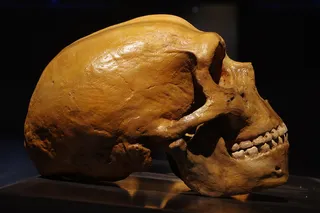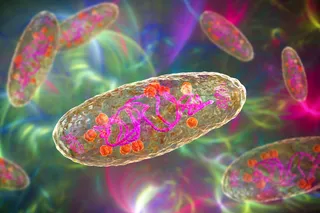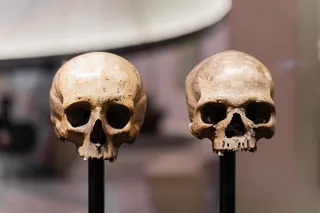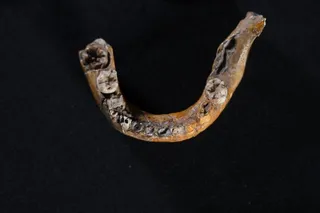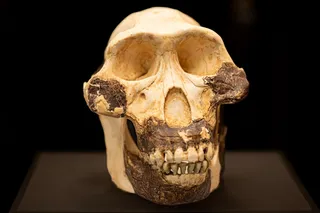Until recently, most major ancient DNA analyses of the Roman Empire have focused on the ancestry of ancient Romans in the Italian Peninsula and Britain. But this year, researchers turned their attention to the ancestry of ancient Romans in the Balkan Peninsula, instead. Reporting their results in Cell this month, the researchers revealed that the occupants of this Roman frontier received relatively little genetic influence from the Roman heartland.
“Ancient DNA can give a lot of insight into historical periods, especially for regions where historical sources are scarce or when we don’t know whether sources are biased or not,” says Iñigo Olalde, a population geneticist at the University of the Basque Country and a researcher involved in the analysis, in a press release. “For example, most historical sources from the Balkans are written from the side of the Romans.”
According to the researchers, the results reveal that the ancestry of ...



